Understanding Mold in Air Ducts: Easy Insights and Solutions
Mold in air ducts is a major concern, as it can affect both indoor air quality and health.
It’s essential to understand the various types of mold that can be found in air ducts and to use the latest information and solutions to ensure a healthy indoor environment.
In-Depth Insights on Common Mold Types in Air Ducts
1. Cladosporium
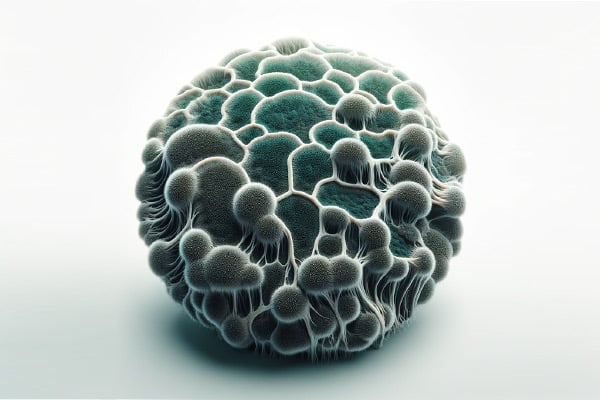
This mold typically appears black, green, or brown and is especially prevalent in damp areas such as air ducts. Recent studies have highlighted its potential to worsen respiratory problems, particularly for individuals with allergies or asthma.
Cladosporium can thrive in cooler temperatures, making it a year-round concern.
2. Penicillium
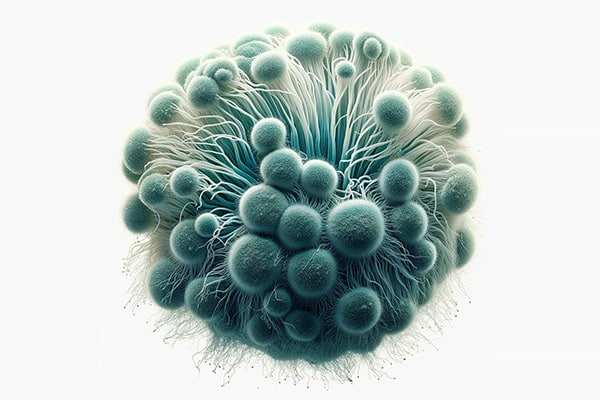
Identified by its blue or greenish color, Penicillium thrives on organic materials in damp environments, such as moist ductwork. Recent research underscores its impact on indoor air quality, as it can spread rapidly and may contribute to respiratory issues.
3. Aspergillus
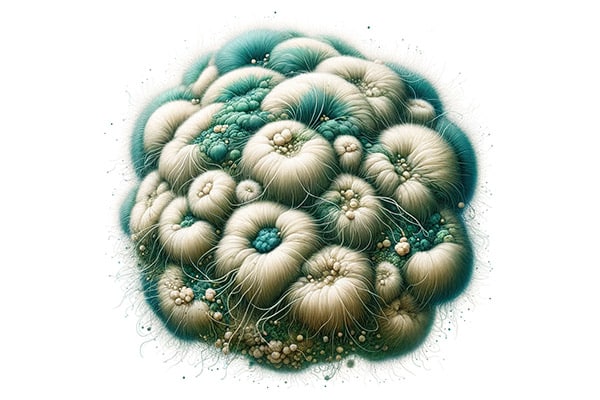
This mold comes in various colors and is commonly found both indoors and outdoors. Some species of Aspergillus are especially concerning because they can produce mycotoxins, which may be harmful if inhaled. Prompt identification and management of Aspergillus are crucial due to these potential health risks.
4. Stachybotrys chartarum (Black Mold)
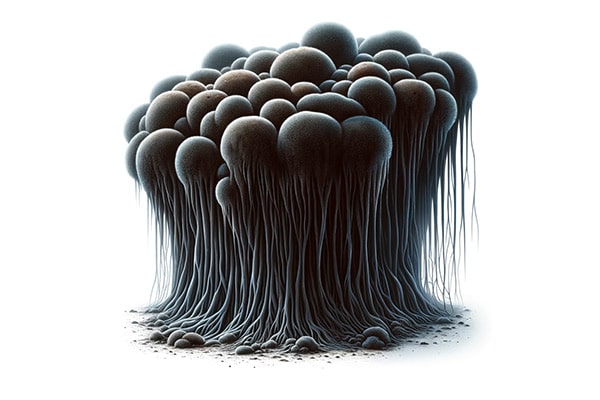
Known for its dark green or black appearance, this mold is typically associated with extended moisture exposure, such as from water leaks.
Recent studies have connected this mold to serious respiratory problems, highlighting the importance of early detection and removal to ensure healthy indoor air.
5. Alternaria

This mold flourishes in damp environments and is frequently found in air ducts with moisture problems. It usually has a velvety or hairy texture and can be one of the first molds to emerge in a moist setting. Recent research indicates that Alternaria can be a major allergen, making its management a top priority in air duct maintenance.
Mold in air ducts can be difficult to detect. Indicators include a musty odor coming from vents, visible mold on the duct surfaces, or a history of water damage in your home.
How to Handle Mold in Air Ducts
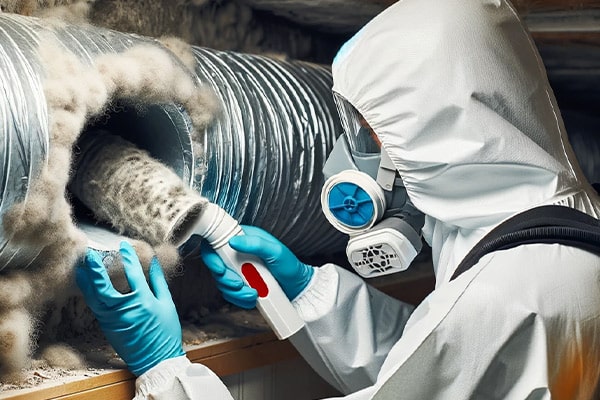
Eliminating mold in air ducts requires professional expertise. Here’s how the experts approach it:
Inspection:
HVAC professionals or mold specialists will examine your ducts and HVAC system to locate and assess the extent of the mold.
Safe Removal:
They employ specialized techniques to clean and disinfect your ducts safely, preventing mold spores from spreading.
Prevention:
Regular HVAC maintenance, prompt repairs of leaks, and maintaining low humidity levels can help prevent mold from returning.
Improved Airflow:
Enhancing ventilation in your ducts helps keep them dry and free of mold.
Conclusion
Understanding the various types of mold and how to address them is key to maintaining clean air in your home. If you suspect mold in your ducts, it’s important to contact a professional for safe removal.
Regular inspections and maintenance can help prevent mold growth, ensuring your home remains a healthy environment. Keep in mind that mold in air ducts is more than just an annoyance—it can impact your health. Stay proactive with inspections and take prompt action to keep your home mold-free and healthy.



